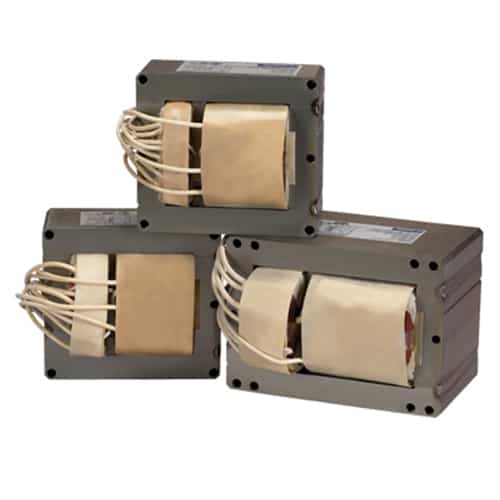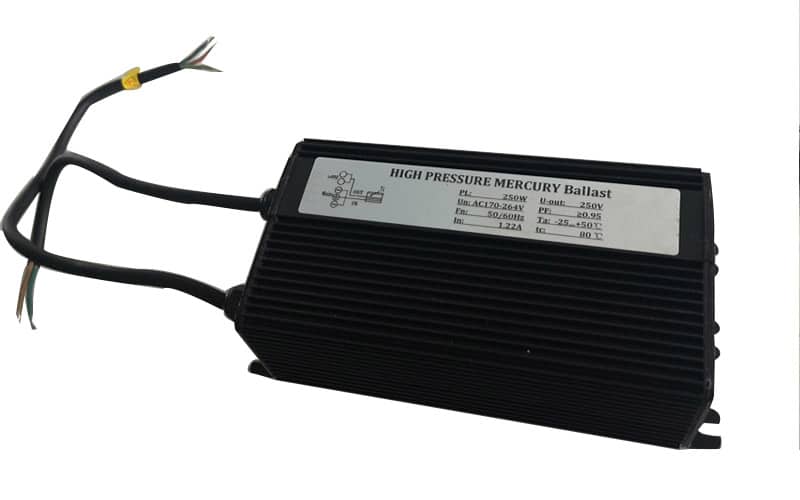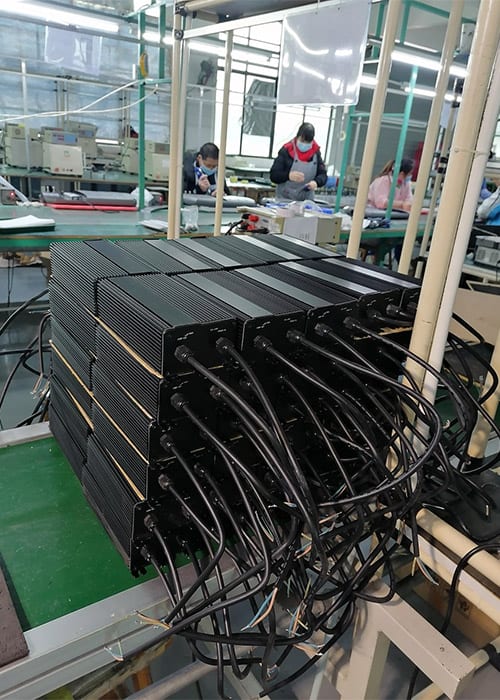In commercial and industrial lighting applications, the choice of the right ballast type for metal halide lamps is crucial. Ballasts are responsible for controlling the electrical current and ensuring proper lamp functioning, so making the right choice matters. But what type of ballast is commonly paired with metal halide lamps?
The magnetic ballast is typically used with metal halide lamps. However, electronic ballasts are becoming more prevalent due to their increased efficiency and control features. The choice between these depends on several factors including energy efficiency, compatibility, and cost.
Join us in exploring the various ballast types and understand what makes them suitable for metal halide lamps.
What is a Ballast, and Why is It Important?
A ballast regulates the current to the lamps and provides sufficient voltage to start the lamps. Without a ballast, a lamp may draw too much power, causing it to burn out.
Ballasts are essential for stable operation, energy efficiency, and prolonged lifespan of lamps. At James Lighting, we specialize in providing quality ballasts for various applications. 
What Types of Ballasts Are Used with Metal Halide Lamps?
Magnetic ballasts have traditionally been the standard for metal halide lamps. They are durable but may lack in energy efficiency.
Electronic ballasts offer better energy efficiency and more control but can be more costly. Understanding the differences helps in selecting the right type for your specific needs.
Why Choose Magnetic Ballasts for Metal Halide Lamps?
Magnetic ballasts are known for their simplicity and robustness. They can be a cost-effective solution for various applications.
However, they might not be as energy-efficient as electronic counterparts. Consider your priorities and consult professionals like us at James Lighting to make the right choice.
Why Might Electronic Ballasts Be a Better Choice?
Electronic ballasts offer higher energy efficiency, better control, and less noise. These advantages can lead to energy savings over time.
Though initially more expensive, the long-term benefits may outweigh the cost. Our team at James Lighting can guide you in evaluating this option for your lighting needs. 
How to Determine Compatibility?
Ensuring compatibility between the ballast and the lamp is vital. Not all ballasts are suitable for all types of lamps.
Consulting with experts like James Lighting can provide peace of mind that your chosen ballast will work seamlessly with your metal halide lamps.
How Do Ballasts Affect Energy Efficiency?
The type of ballast chosen impacts the energy efficiency of the lighting system. Electronic ballasts, in general, provide better efficiency than magnetic ballasts.
Considering energy efficiency in your decision-making will likely lead to long-term cost savings. Our experts at James Lighting can assist in this assessment.
What About Cost Considerations?
While magnetic ballasts might be more affordable initially, electronic ballasts may offer savings in the long run through energy efficiency.
Evaluating both initial and operational costs, along with other needs, ensures that you make a decision that aligns with your budget and requirements. 
How Can James Lighting Assist You?
At James Lighting, our extensive experience in manufacturing light ballasts enables us to offer professional guidance in selecting the right ballast for metal halide lamps.
Whether you need advice on compatibility, efficiency, or cost, we are here to help.
Conclusion
Choosing the right ballast for metal halide lamps involves considering various factors, such as type, efficiency, compatibility, and cost. While magnetic ballasts are common, electronic ballasts may offer distinct advantages. Consulting with professionals like James Lighting ensures that your choice aligns with your specific needs and preferences.
